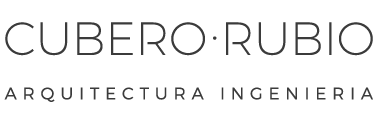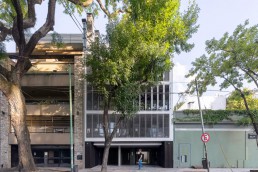The Mendoza 3268 apartment building consists of two volumes facing each other and communicated by exterior runways and stairs.
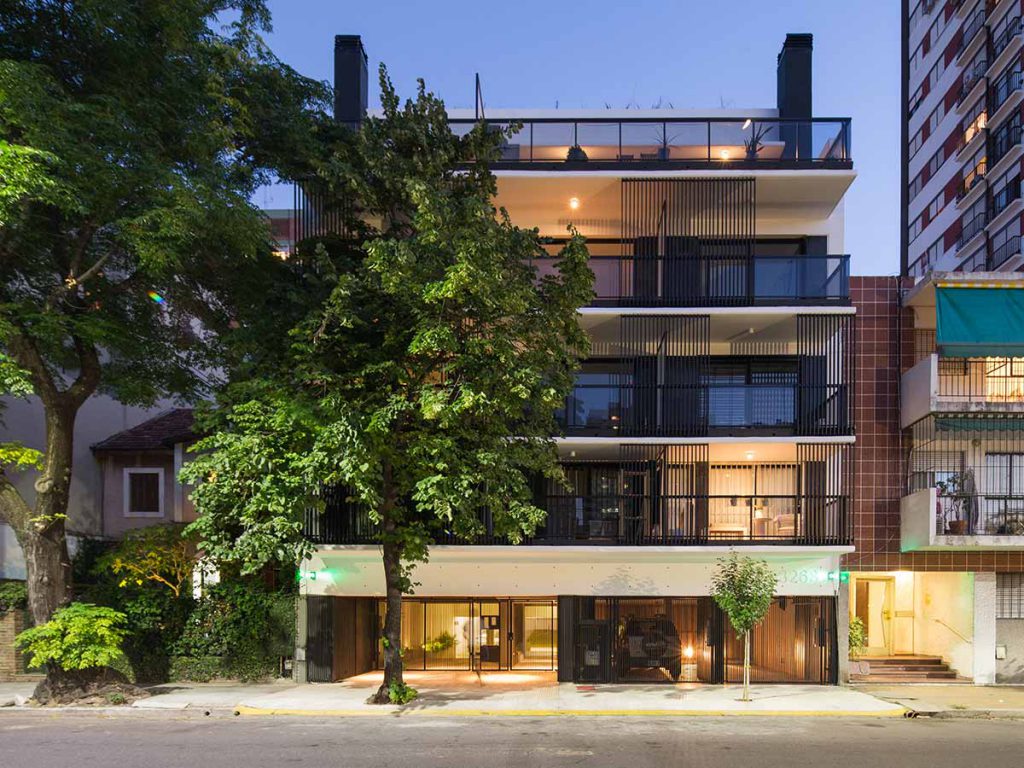
Located in the neighborhood of Belgrano R and surrounded by a heterogeneous urban landscape, caused by the diversity of densities, times and regulations, the project adapts to the environment completing the front of a lot of 12.5 meters frontage by 50 meters of depth. The relationship with the city is strengthened by releasing the ground floor, giving continuity to the vegetation below the building and incorporating to the characteristic atmosphere of the neighborhood, the green of the central courtyard and the free center of the block.
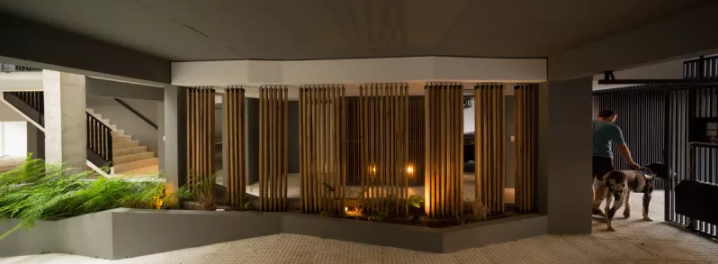
The project consists of a medium-sized housing building. It combines contemporary collective living with the individuality and freedom of the neighborhood.
It consists of two buildings of four levels detached from the ground floor, facing each other and communicated by partially covered runways and stairs.
Its implantation allows not only to take advantage of the virtues proposed by the regulations and the terrain, but also to generate a greater surface available for illumination and ventilation of the main rooms.
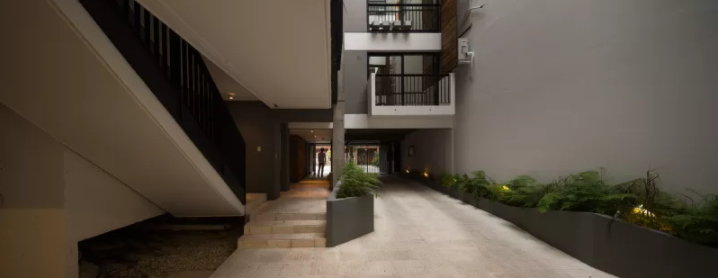
Each of the blocks is composed of a free ground floor, which allows to accommodate all pedestrian and vehicular accesses and service rooms, as well as car and bicycle storage spaces; Four floors housing a total of 21 units of 1, 2, 3 and 4 rooms; And two livable rooftops, one of common use and another private one.
The project is organized from a large central courtyard that is crossed by the circulatory system of pedestrian walkways and stairs that operate as a promenade architecturale. In this way it is experienced almost permanently, generating a close dialogue between the interior and exterior. The viewer becomes a protagonist and thus appropriates the spaces, crossing them and observing them from the different perspectives proposed. This space decompresses the separation between the blocks while at the same time organizes the access system to the dwellings.
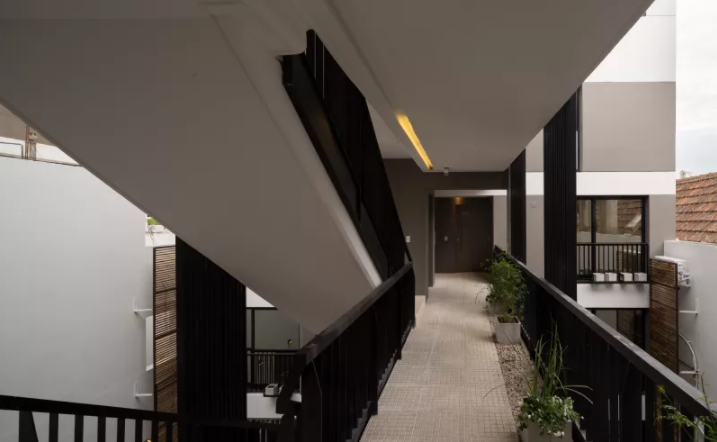
Balconies and livable rooftops are an added value in all units. Of generous proportions and contemporary materials, they serve as an intermediate space and allow the functions of the interior to extend outwards. It works with the cantilevered balcony as an expansion of the dwelling, which are characteristic of the city of Buenos Aires. The relationship between its components (resistant structure, cantilevered concrete slab, handrail, cladding, filter system) will serve as project material and will allow to appreciate resolutions in function of the constructive problems and the search for the desired aesthetic compromise.
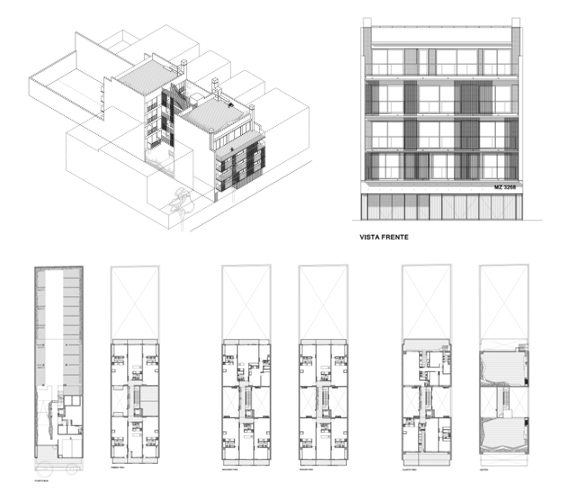
Towards the main façade of the building and in the central circulatory system, there is a grid of metallic filters that provide not only a special formal and visual ambiance, but also an effective tool for controlling the relation of the interior expansion with the complex urban space and circulation system with the interior of the units. These elements, which will form the materialization of the first boundary of the house with the exterior, were used as an expressive resource that allowed to enhance the spatial qualities.
Without symbolic exaltations or rhetorical excesses, the use of architectural elements is intended to be both discreet and efficient: it works with reinforced concrete, ceramic brick, steel, aluminum, wood and glass; all noble materials that guarantee a permanent validity and durability.
The conceptual logics from which the final scheme of the project crystallized are part of a material and professional work that aimed to organize both the form and the space. As a result, it was possible to establish a guiding order among the different parts of the building, resulting in an architectural synthesis between image, efforts, resolutions to human requirements and contribution to the built urban environment.
Notas Relacionadas
21 marzo, 2017
